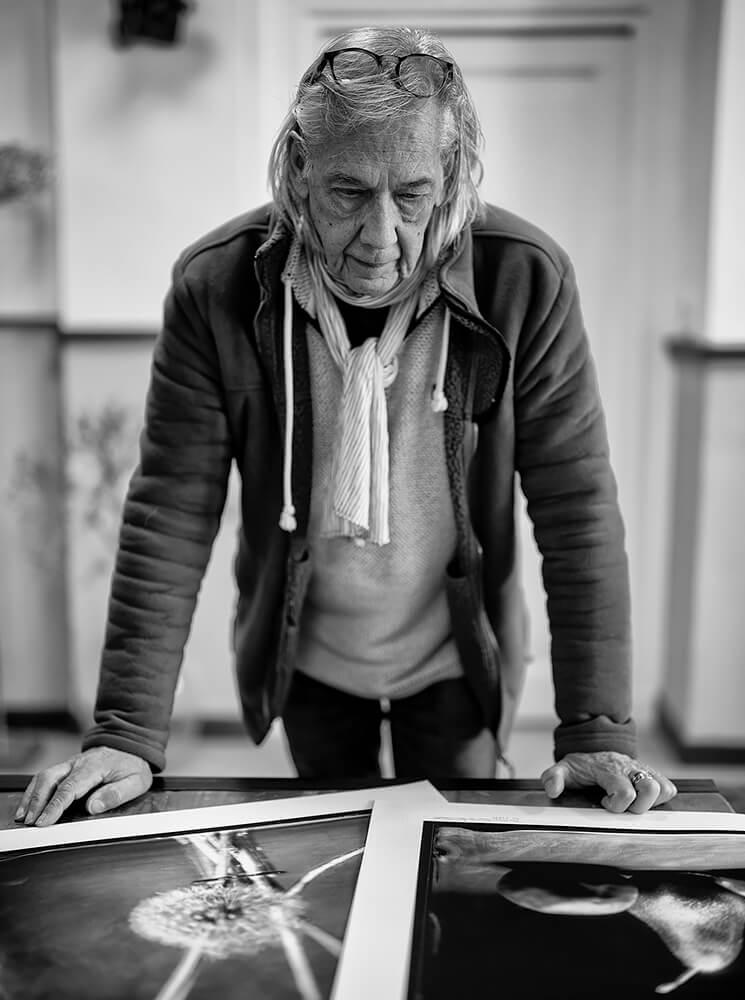Photography has always been a great passion of mine, but it was always in serving big companies. (
Rijksmuseum, Amazon.com and others.) I did this for many years, with both mediums, film and digital. Now I was at that point where I could not feel the excitement/creativity anymore. How to find a new way? So, I decided to leave the corporate world behind in 2014 to fulfill a lifelong ambition of setting up my own freelance photography business. In 2014 to opportunity came along to buy an old Post office, we transferred this to a Gallery/Photo studio and a place to live!
I was always attracted to the old big wooden cameras and all the historic photographic processes. So, I decided to find myself an 8”x8” wooden camera and start working with the Wet Plate collodion process. With this I could go back to the very beginning of the photography.
The Wet Plate process is exciting and full of surprises and sometimes disappointments! You only have one prepared Wet Plate and one chance to get it right. You have to think ahead, make the composition, light, time, aperture and it will all come together in one unique magic moment. This magic moment happens sometimes and then a one-of-a-kind photo develops in front of your eye!
Statement
WetPlate photography, there is something soul satisfying working with the WetPlate process. It gives meaning to the material I am using; I can lose myself for days in creating new images.
